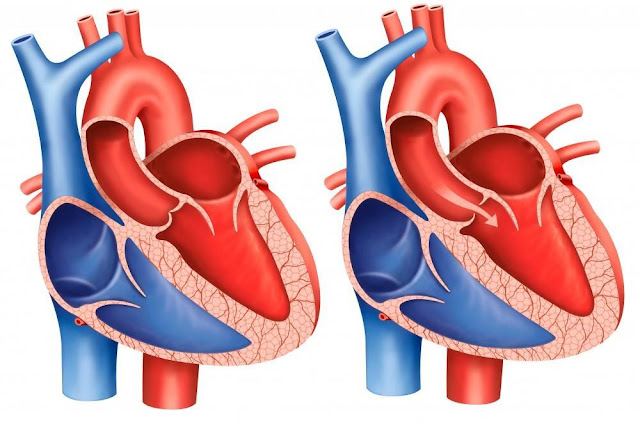Rising Geriatric Population Boosts Growth of Aortic Stenosis Market
 |
| Aortic Stenosis Market |
The global Aortic Stenosis Market is estimated to be valued at US$ 14.18 Bn in 2023 and is expected to
exhibit a CAGR of 15% over the
forecast period 2023 to 2030, as highlighted in a new report published by
Coherent Market Insights.
Market Overview:
Aortic stenosis occurs when the aortic valve narrows and does not open fully. This
prevents the heart from pumping enough blood into the main artery (aorta) that
carries blood to the body. The aortic valve is located between the left
ventricle of the heart and the aorta. Aortic stenosis, also called aortic valve
stenosis, can be congenital (present at birth) or acquired later in life. It is
the most common valvular abnormality in older adults in industrialized nations.
The aortic stenosis market includes devices for diagnosis like echocardiography
and treatments like aortic valve replacement surgery either through open-heart
surgery or transcatheter aortic valve replacement (TAVR). Transcatheter valve
therapies are gaining popularity due to their minimally invasive nature, faster
recovery and growing preference among geriatric patients.
Market key trends:
The key driver for the Aortic
Stenosis Market Size is the rising geriatric population globally which
is more prone to develop age-related aortic valve stenosis. According to the
United Nations, the population aged 60 years or over is growing at a rate of
about 3% per year and will more than double by 2050 to reach around 2.1
billion. Also, developed economies are experiencing significant increase in
life expectancy contributing to a rapidly expanding aged population.
Transcatheter aortic valve replacement has emerged as a less invasive
alternative to surgical aortic valve replacement for high-risk or inoperable
patients. Favorable reimbursements and clinical trial results demonstrating the
safety and efficacy of TAVR are further supporting the market growth.
Innovation of new valve designs, delivery systems and further expansion of
indications to intermediate-risk patients are expected to drive robust market
growth over the forecast period.
Porter's Analysis
Threat of new entrants: The threat of new entrants is low due to high capital
requirements and stringent regulatory and safety standards required for
implantable medical devices.
Bargaining power of buyers: The bargaining power of buyers is moderate as the
severeness of aortic stenosis can have significant effects on patient health
and there are few treatment alternatives available.
Bargaining power of suppliers: The bargaining power of suppliers is moderate as
there are few raw material suppliers for device components.
Threat of new substitutes: The threat of new substitutes is moderate as newer
interventional cardiology techniques continue to emerge but surgical aortic
valve replacement still remains the standard of care.
Competitive rivalry: High due to presence of key players.
Key Takeaways
The global aortic stenosis market is expected to witness high growth,
exhibiting CAGR of 15% over the forecast period, due to increasing prevalence
of aortic stenosis and technological advancements.
North America dominate the global aortic stenosis market and is expected to
continue its dominance over the forecast period owing to high procedure
volumes, advanced healthcare infrastructure, and favorable reimbursement
scenario in the region. Asia Pacific exhibits the fastest growth rate owing to
growing geriatric population, increasing healthcare expenditures, and growing
awareness.
Key players operating in the aortic stenosis market are Edwards Lifesciences
Corporation, Medtronic plc, Abbott Laboratories, Boston Scientific Corporation,
LivaNova PLC, CryoLife, Inc., Braile Biomédica, JenaValve Technology, Inc.,
Meril Life Sciences Pvt. Ltd., Micro Interventional Devices, Inc. Key players
are focusing on new product launches and approvals to consolidate their market
position.



Comments
Post a Comment